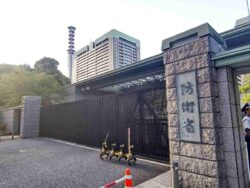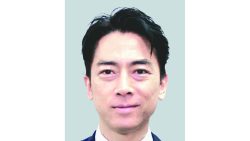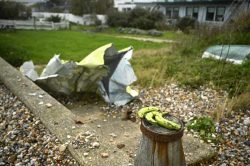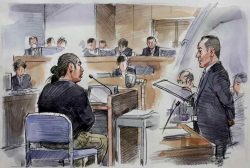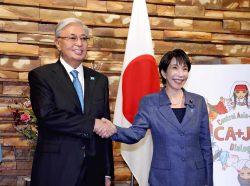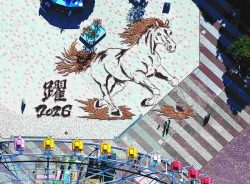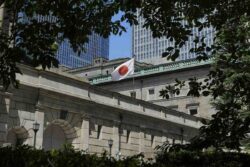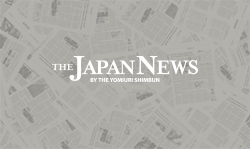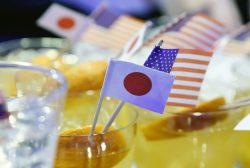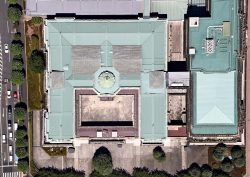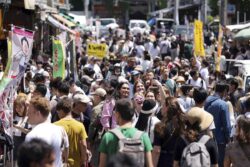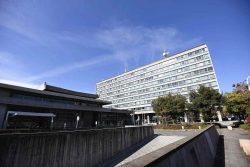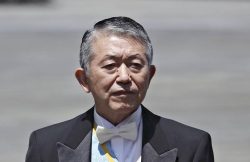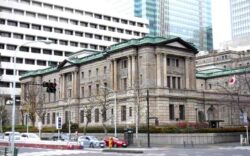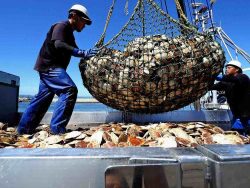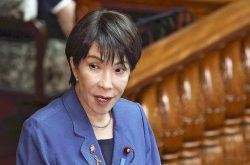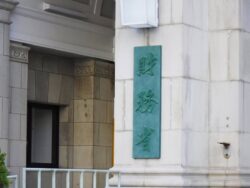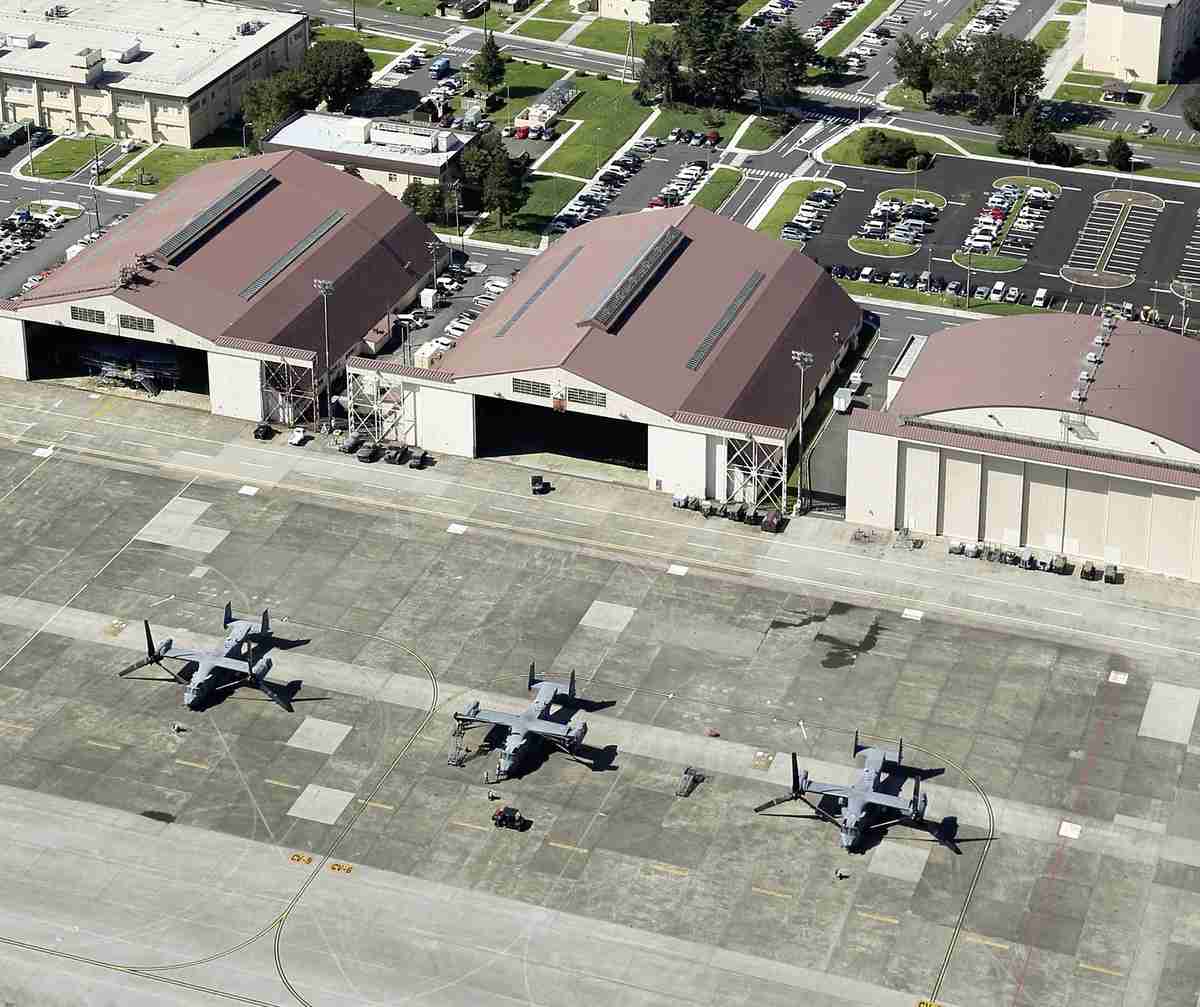
The U.S. military’s Yokota Base
2:00 JST, March 25, 2025
The Japanese and U.S. governments have been looking to reorganize U.S. forces stationed in Japan to coincide with the launch of the Self-Defense Forces’ Joint Operations Command. However, Donald Trump’s return to the U.S. presidency has created uncertainty about whether the plan will go forward.
Both countries had been aiming to enhance the command functions of the U.S. forces in Japan to improve command and control capabilities.
Currently, the SDF’s chief of the Joint Staff Office has two counterparts in the U.S. forces: the chairman of the Joint Chiefs of Staff and the commander of the Indo-Pacific Command.
Going forward, the SDF’s commander of the Joint Operations Command will serve as the counterpart of the U.S. commander of the Indo-Pacific Command in operational affairs and take over the role of coordinator from the SDF’s chief of the Joint Staff Office.
However, as the office of the U.S. Indo-Pacific Command is located in Hawaii, there is a time difference with Japan. That is why SDF and U.S. military officials have pressed for a new system to be arranged to allow for closer collaboration.
The U.S. command office at the Yokota Base in Tokyo is limited to managing U.S. bases in Japan, while authority over U.S. combat units, such as the U.S. Navy’s 7th Fleet, lies with the head of the Indo-Pacific Command.
At a two-plus-two meeting on security last July, the two governments agreed to reorganize U.S. forces in Japan so that the U.S. command office would become a joint force headquarters.
If the headquarters is launched with some degree of command authority, U.S. forces in Japan will be able to have close communications with the SDF even in peacetime.
In the event of an emergency, the two forces will be able to coordinate smoothly without worrying about a time difference.
The reorganization plan was pushed by the Biden administration, and so it was uncertain whether the new Trump administration would proceed with the plan. On Wednesday, U.S. media reported that the U.S. Defense Department was considering putting the brakes on the reorganization.
Defense Minister Gen Nakatani said at a press conference on Friday that he believes “[The United States] has not changed its policy.”
“If Japan and the United States show they are coordinated in their actions, it will help deter China,” said Ryoichi Oriki, former chief of the SDF Joint Staff. “Japan and the United States should work quickly to coordinate on improving the structure of U.S. forces.”
Nakatani is scheduled to hold a meeting with U.S. Defense Secretary Pete Hegseth in Tokyo later this month. The agenda will likely include how to handle the reorganization plan.
"Politics" POPULAR ARTICLE
-

Japan to Support Central Asian Logistics Route That Bypasses Russia, Plan to Be Part of Upcoming Summit in Tokyo
-

Japan to Tighten Screening of Foreigners’ Residential Status by Providing Information of Nonpayment of Taxes
-
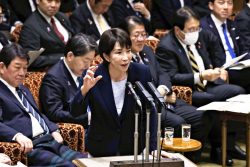
Takaichi Cabinet Approval Holds at 72% as Voters Back Aggressive Fiscal Stimulus, Child Benefits
-
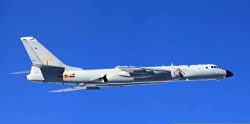
Chinese, Russian Bombers Flew Unusual Path by Heading Toward Tokyo; Move Likely Meant to Intimidate Japan
-
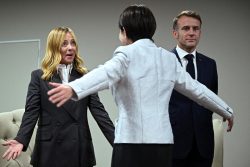
Takaichi Meets Many World Leaders at G20 Debut in Johannesburg; Speaks with Heads of Countries Including Italy, U.K., Germany, India
JN ACCESS RANKING
-
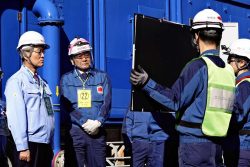
Keidanren Chairman Yoshinobu Tsutsui Visits Kashiwazaki-Kariwa Nuclear Power Plant; Inspects New Emergency Safety System
-
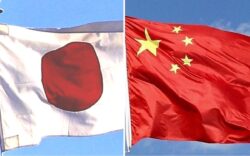
Imports of Rare Earths from China Facing Delays, May Be Caused by Deterioration of Japan-China Relations
-
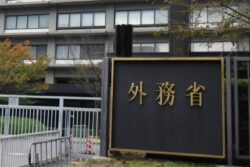
Japan Pulls out of Vietnam Nuclear Project, Complicating Hanoi’s Power Plans
-
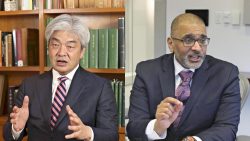
University of Tokyo Professor Discusses Japanese Economic Security in Interview Ahead of Forum
-
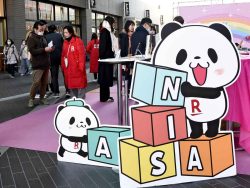
Govt Aims to Expand NISA Program Lineup, Abolish Age Restriction


